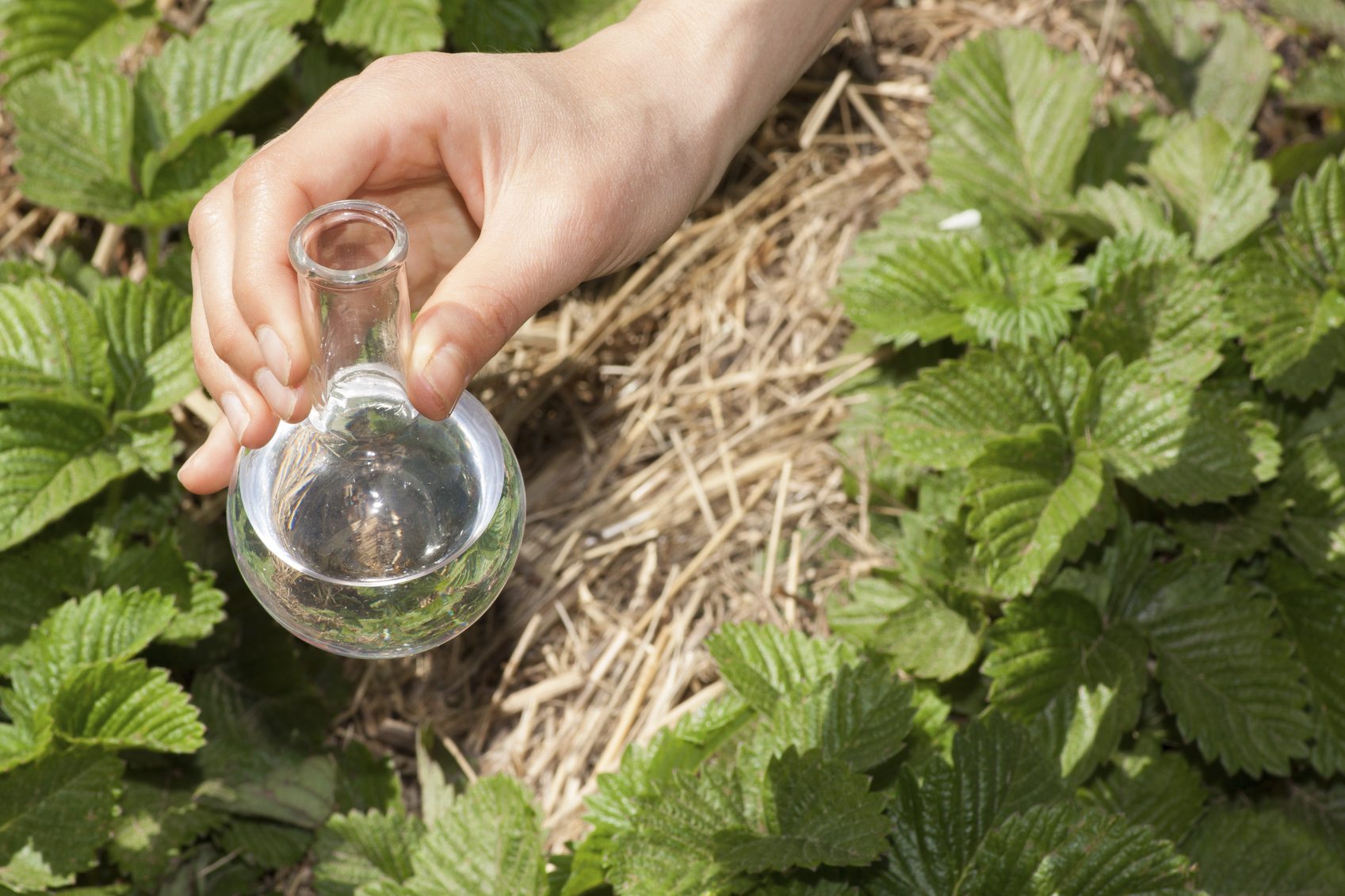Testing Water For Plants – How To Test Water For Gardens


About 71% of the Earth is water. Our bodies are made up of approximately 50 to 65% water. Water is something that we easily take for granted and trust. However, not all water should be trusted so automatically. While we are all conscious of the safe quality of our drinking water, we may not be so aware of the quality of the water we are giving to our plants. Continue reading to learn about water quality in gardens and testing water for plants.
Water Quality in Gardens
When a plant is watered, it absorbs the water through its roots, then through a vascular system similar to the circulatory system of the human body. The water moves up the plant and into its stems, leaves, buds, and fruit. When this water is contaminated, that contamination will be dispersed throughout the entire plant. This is not such a concern for plants that are purely ornamental, but eating fruits or veggies from contaminated plants can make you very sick. In some cases, contaminated water can cause ornamentals to discolor, become stunted, grow irregularly, or even die. So, water quality in gardens may be important whether it's an edible garden or just ornamental. City/municipal water is regularly tested and monitored. It is usually safe for drinking and, therefore, safe for use on edible plants. If your water comes from a well, pond, or rain barrel, however, it may be contaminated. Water contamination has led to many disease outbreaks from infected crops. Fertilizer runoff from crop fields can seep into wells and ponds. This runoff contains high nitrogen levels that cause plants to discolor and can make you sick if you are eating these plants. Pathogens and microorganism that cause E. Coli, Salmonella, Shigella, Giardia, Listeria, and Hepatitis A can also make their way into wells, ponds, or rain barrel water, contaminating the plants and causing illnesses in people and pets who eat them. Wells and ponds should be tested at least once a year if they are used to water edible plants. Harvesting rainwater in rain barrels is a thrifty and earth-friendly trend in gardening. They’re not so human-friendly though when edible plants are being watered with rainwater contaminated by excrement from diseased birds or squirrels. Roof runoff can also contain heavy metals, like lead and zinc. Clean rain barrels at least once a year with bleach and water. You can also add about one ounce of chlorine bleach to the rain barrel once a month. There are rain barrel water quality test kits you can buy on the Internet, as well as rain barrel pumps and filters.
Is Your Water Safe for Plants?
Is your water safe for plants and how do you know? There are pond kits you can purchase for water testing at home. Or you can contact your local Department of Public Health for information on testing wells and ponds. For example, by simply searching Wisconsin Department of Public Health Water Testing for information in my area, I was directed to a detailed water testing price list on the Wisconsin State Laboratory of Hygiene website. While some of these tests can be a little pricey, the cost is pretty reasonable compared to what doctor/emergency room visits and medications could cost.
Sign up for the Gardening Know How newsletter today and receive a free copy of our e-book "How to Grow Delicious Tomatoes".

Darcy is a former contributor to Gardening Know How. She is a professional landscape designer and gardening writer with experience in plant sales. An avid gardener, Darcy has a passion for sharing practical tips to help others grow.